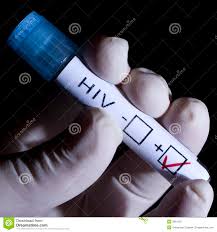

A medical devices and health care company in Illinois, United States of America, Abbot Laboratories has announced that a team of its scientists have identified a new sub-type of the human immunodeficiency virus (HIV), called HIV-1 Group M, subtype L.
The findings, published yesterday in the Journal of Acquired Immune Deficiency Syndromes, show the role next-generation genome sequencing was playing in helping researchers stay one step ahead of mutating viruses and avoiding new pandemics.
This is in tune with the theme for this year’s World AIDS Day, ‘Ending the HIV/AIDS Epidemic: Community-by-Community’.
According to the World Health Organisation (WHO), since the beginning of the global AIDS pandemic, 75 million people have been infected with HIV and 37.9 million people are living with the virus.
In Nigeria, according to the Nigeria National HIV/AIDS Indicator and Impact Survey (NAIIS), there are 1.9 million people living with HIV in the country and about 1.2 million are undergoing treatment.
Read Also: Cattle Colonies: Soyinka Condemns Miyetti Allah Threat On Govs
Researchers and epidemiologists said they did not expect the new strain to change the way HIV was diagnosed or treated and that the existing tests and antiretroviral drugs, which suppress the growth of HIV, were designed to target the parts of the virus common to all groups.
They, however, said new strains could offer clues on how HIV evolved and spread. Advocates believe that with the work done by the global health community over the past few decades, the goal of ending the HIV pandemic is becoming feasible.
They charged researchers to remain vigilant for new strains to make sure testing and treatment continue to work.
Professor in the departments of oral and craniofacial sciences, University of Missouri, and one of the study authors, Carole McArthur, said: “In an increasingly connected world, we can no longer think of viruses being contained to one location.
“This discovery reminds us that to end the HIV pandemic, we must continue to out-think this continuously-changing virus and use the latest advancements in technology and resources to monitor its evolution,” McArthur noted.






















